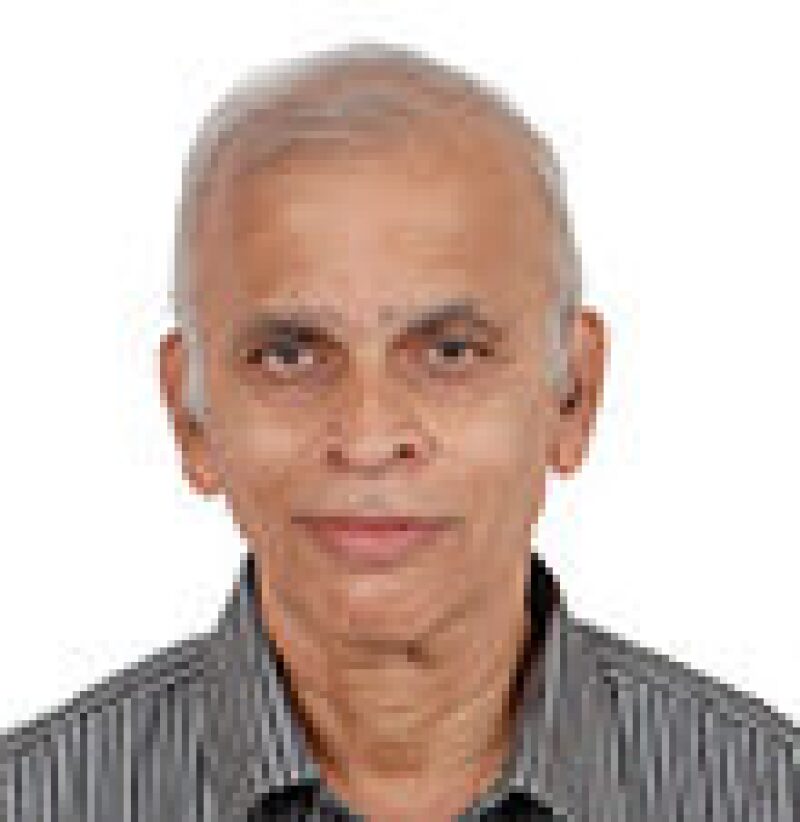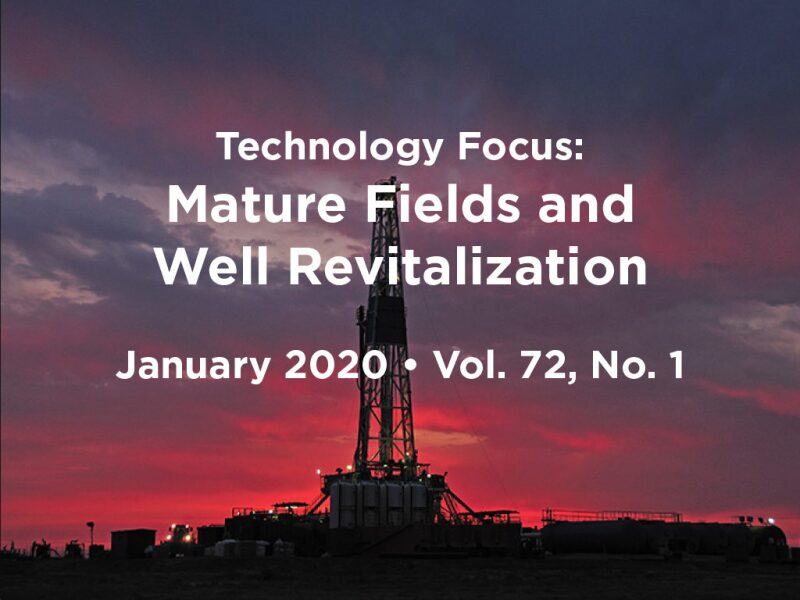Production decline with field maturing is a natural phenomenon, but the efforts to mitigate this decline and, in some cases, even to reverse the trend are truly remarkable. Achieving this feat requires not only a deeper understanding of the subsurface process involved but also a total synergy between the various disciplines engaged in maximizing production from brownfields. This message is apparent in the 90 papers reviewed this year covering various challenging aspects of the topic of mature fields and well revitalization.
The papers reviewed cover a wide range of topics, including the use of novel drilling fluids to target undepleted hydrocarbon layers below the depleted, highly exploited mature hydrocarbon-bearing layers and using novel logging tools to detect thin low-resistivity/low-contrast plays for adding new oil to mature brownfields. In the current period of industry downturn, creating and executing opportunities to develop mature brownfields has become more economically challenging. Papers describe technical, commercial, and operational aspects that help in achieving an established economic cutoff for project sanction. Several papers describe the use of tools to monitor the status of development using casedhole logs and other resistivity-independent saturation-estimation techniques to locate bypassed oil. Studies have been conducted using classical reservoir engineering tools to supplement findings of detailed reservoir-simulation studies to locate infill wells.
Mature fields generally are believed to be fields having reached their economic limit after primary and secondary efforts. An increasing number of papers reviewed this year, however, also address the issue of refracturing in tight unconventional plays, adding to significant production. The surge in unconventional completions over the past decade has created ample candidates for hydraulic refracturing, and many operators have found refracturing to be a viable alternative to drilling new wells in such formations.
This Month's Technical Papers
Liquid-Loading-Mitigation Strategies Maximize Recovery From Gas Reservoirs
Data-Acquisition Optimization Maximizes Value of Mature Oil-Rim Reservoirs
Study Assesses Incentives, Development Strategies for Peruvian Mature Heavy Oil
Recommended Additional Reading
SPE 193207 Near-Balanced Nitrified Foam Drilling: A New Frontier for the Drilling of Depleted and Fractured Carbonates—A Study on the Design, Execution, and Results From Multiple Wells by Ali Khalid, Weatherford, et al.
SPE 194581 Revival of an Offshore Gas Field: Case Study of a Fractured Basement Reservoir by Arun Kumar, HOEC, et al.
SPE 196602 Refracturing the Appalachian Basin: An Economic Analysis by Kade Kiselica, Marietta College, et al.

| R.V. Marathe, SPE, is a reservoir-engineering consultant. He worked for Oil and Natural Gas Corporation (ONGC), the national oil company of India, from 1978 to 2014. Marathe’s last position at ONGC was as executive director and asset manager, Mumbai, for the largest oil-producing asset of India. He was head of ONGC’s Institute of Reservoir Studies for more than 5 years. The institute is responsible for improved and enhanced oil recovery and developmental activities for all fields operated by ONGC. Marathe has presented papers at various SPE conferences on oilfield development, reservoir simulation, modeling of laboratory studies, and pressure-transient analysis. He holds a PhD degree in applications of potential theory to petroleum reservoir engineering from the Indian Institute of Technology Bombay. Marathe is a member of the JPT Editorial Committee and can be reached at maratherv@gmail.com. |


